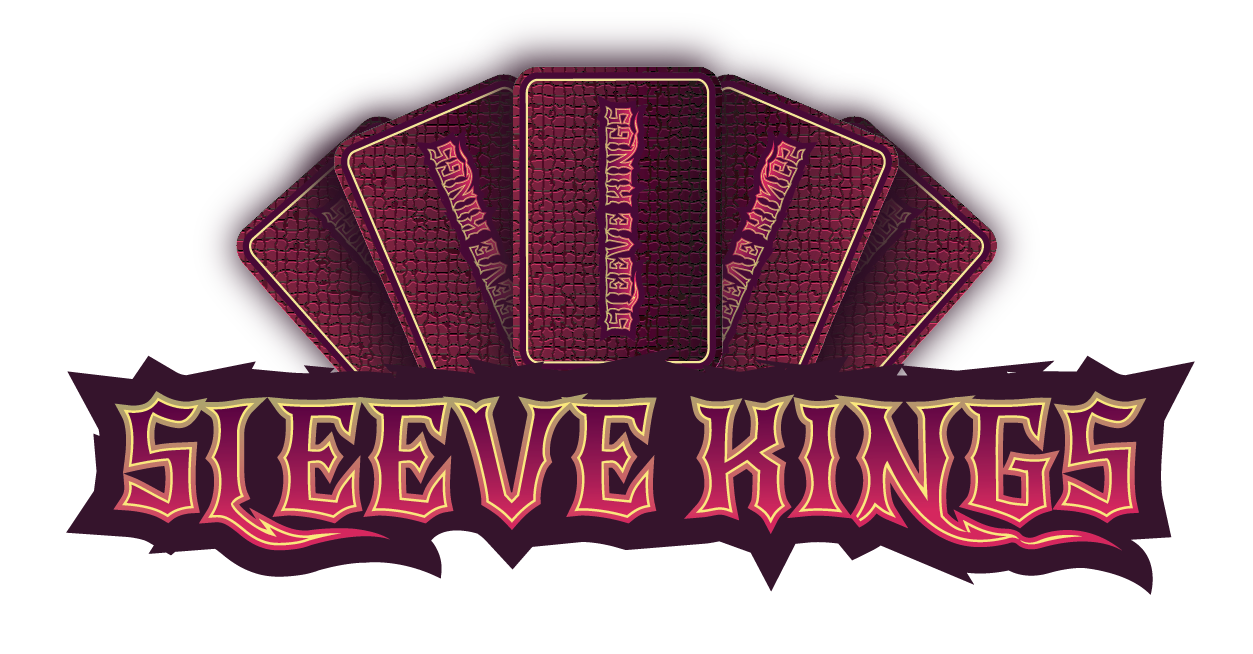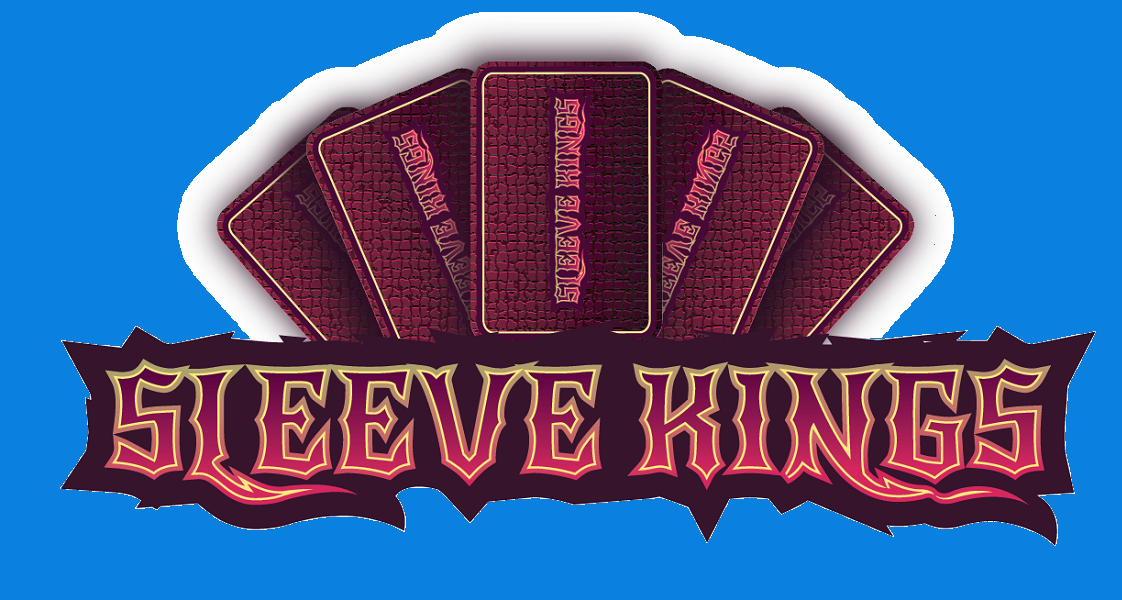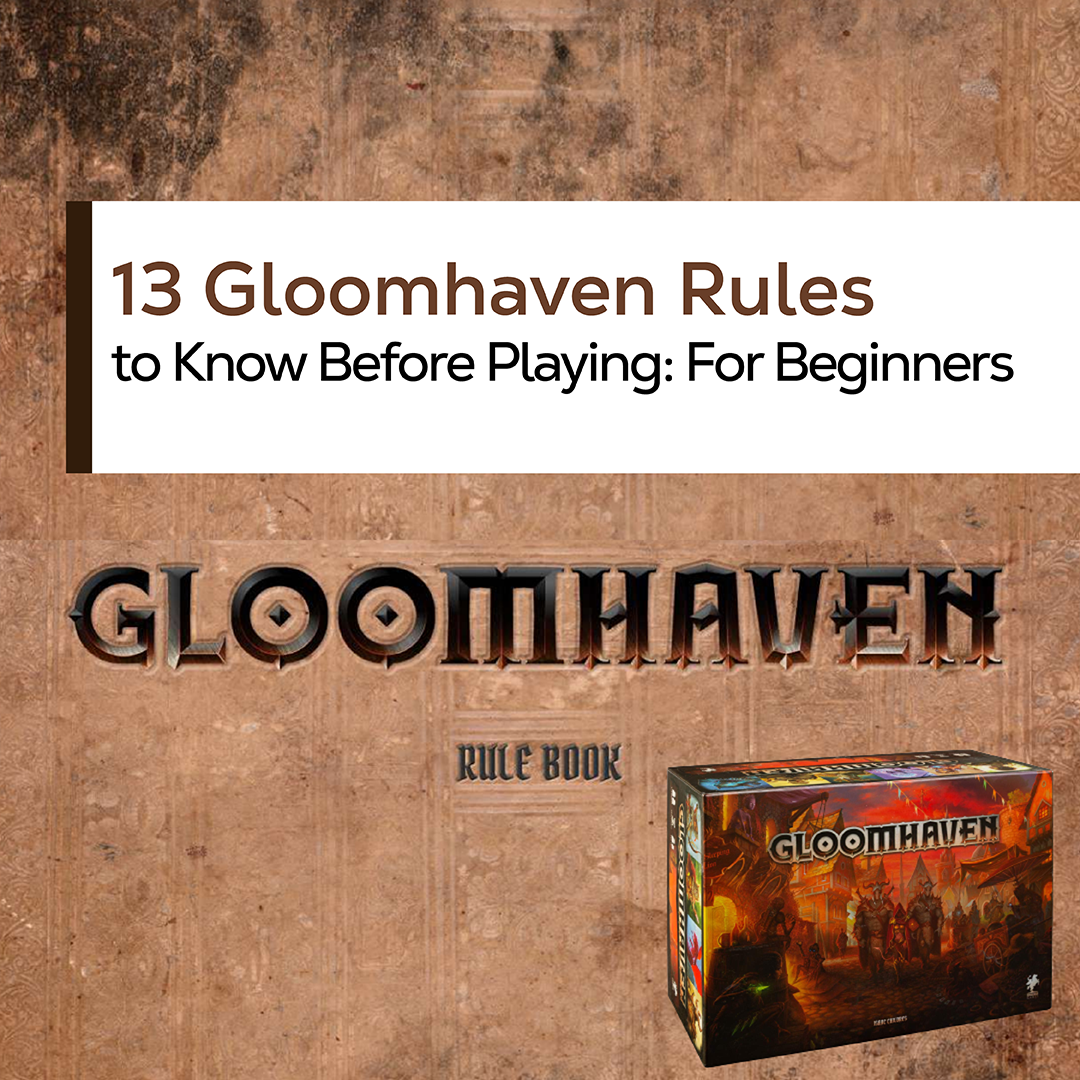13 Gloomhaven Rules to Know Before Playing: For Beginners
Gloomhaven is a game of cooperation and strategy intended for people over the age of 14. While it can be enjoyed in individual games that last one to two hours, Gloomhaven is most often played as part of a campaign with ongoing scenarios so players can build upon the characters and skills they have already developed. Players must work together in challenging scenarios to defeat monsters and win treasure.
Many people find Gloomhaven challenging to learn because it has many rules. Players must pay close attention to the rulebook to ensure they are playing the game properly, Here are 13 rules every beginner should know about how to play Gloomhaven.
1. Scenario Level
Each game of Gloomhaven is called a scenario. The game comes with seven unique scenarios, and you must calculate the level of the players to determine which scenario to play. Find the average level of the individual players and divide by two, then round up to determine which scenario level to play. For example, a Level One player, two Level Three players and one Level Four player have an average level of 2.75. Divide by two and round up, so the scenario level should be 2.
2. Remove Curses and Blessings
Curse and bless cards can only be played once per scenario. Players must remove them from the modifier deck once they have been played, and these cards cannot be refreshed through resting.
3. Experience
Unlike other games, Gloomhaven players only gain experience points in two ways. They earn experience automatically by successfully completing scenarios, and they also have the option to earn experience points by playing ability cards with points listed as an advantage.
4. Equipment Selection
At the start of the game, players choose equipment and abilities to help them complete the scenario. Some players think that they must choose equipment before the scenario is revealed to make the game more challenging, but the opposite is true. Official Gloomhaven rules state that scenarios must be revealed before players make selections regarding equipment. This strategy allows players to customize their characters based on the unique challenges presented by the scenario.
5. Elementals
Throughout the game, players may use resources to create elementals. They may not use an elemental in the same turn in which they created it, and they are allowed to give the elemental to allies if that move is more advantageous. Players are not required to use all of the elementals they make.
6. Advantage and Disadvantage Actions
When players have an advantage card, they must draw two action cards and add the effects together. If a rolling modifier is drawn, add it to the effects of the first card drawn. However, if two rolling modifiers are drawn, players must continue drawing until they draw an action card.
When playing a disadvantage card, players must draw two cards from the deck and play whichever action is worse. Rolling modifiers have no effect on disadvantage cards.
7. Items
Items players pick up along the board or buy during gameplay are bound to characters; players cannot swap them without selling them for half the purchase price. Gold and loot function the same way, and players can't get rid of it unless they choose to sell it. Most Gloomhaven players use the amount of gold and other items they gained during a scenario to gauge how their characters have leveled up.
8. Resting
In Gloomhaven, resting is a strategic action that allows characters to heal and regain valuable action cards that were previously discarded during gameplay. Players must have at least two cards in their discard piles to use the rest action, which is where many beginners go wrong. If there is no other action available based on the cards in a player's hand and there is only one card in the discard pile, the player must be eliminated from the scenario as his or her character is considered exhausted.
A long rest must be the action chosen at the start of the round. It lasts for a player's entire turn but allows his or her character to heal and returns all but one discarded card to the player's hand. A short rest takes place at the end of a round and requires players to suffer one damage point to regain most of the cards in their discarded piles.
9. Road Encounters
Road encounters allow players to link scenarios and create campaigns. While road encounters are often brutal and cause significant damage to many players, they also give participants chances to buy items and level up. Players can avoid road encounters in linked scenarios by choosing not to go to the city.
10. Ending Scenarios
Each scenario has an objective. New players often think that the game ends as soon as the objective is met, but the rules state that all players finish out the round to accumulate as much loot as possible.
11. Monster Movement
Monsters in Gloomhaven attack the closest player within range. Many beginners assume they automatically take a hit if a monster attacks, but characters only receive damage when the ability card played specifically states so. The monster can only act as the card states.
12. Forego Other Actions
When the actions of monsters or other characters affect a player, he or she can forego the action instead of conceding to the ability card. Players cannot avoid negative actions on ability cards, but they can avoid Push and Pull actions if their level and range are high.
13. Character Damage
Characters take hits during the game that could lead to exhaustion. Instead of accepting a hit, players can ward off damage by burning two cards in their discard pile or one card in their hand. While not an ideal solution, this tactic is helpful for avoiding big hits that cause significant damage.
Gloomhaven Card Sleeves
Understanding Gloomhaven gameplay can be challenging, so players must have a good grasp of the rules to be successful competitors. Knowing these Gloomhaven rules is a good place to start. Check out our Gloomhaven card sleeves for the base game and expansions to protect your cards from wear and tear, dust, dirt, and grime!



POST COMMENTS
Leave a comment